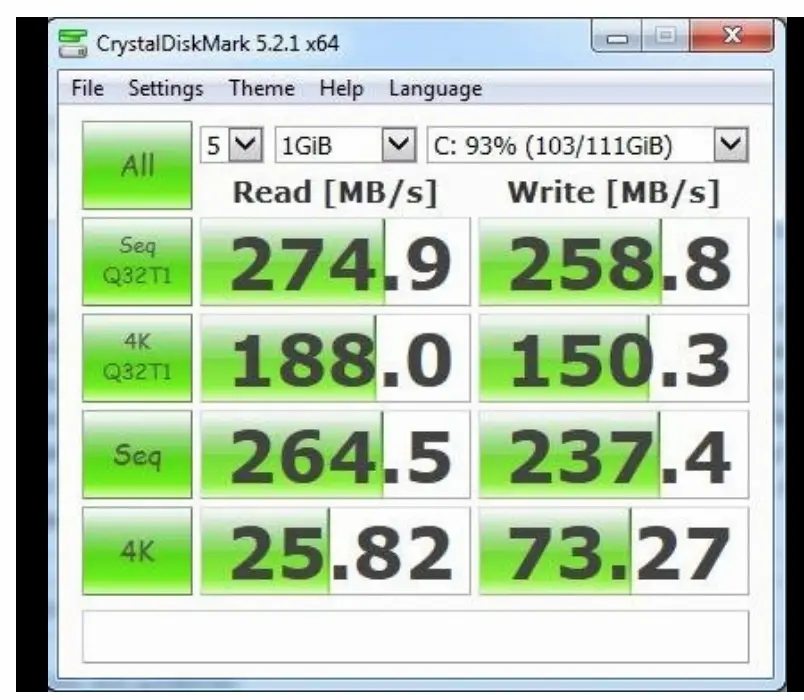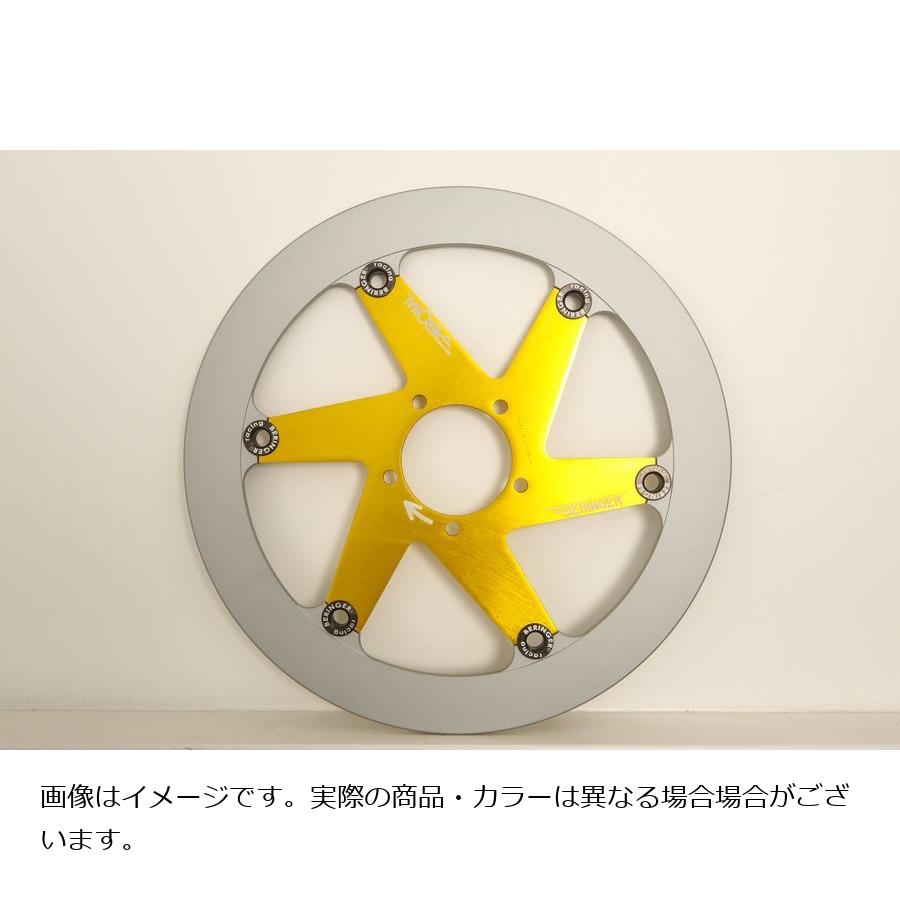
If you run FixUI.bat including a zip file, it may work fine. If zip edition does not work fine, please check security: unblock option and extract zip file again. Please run Crystal Disk Mark as administrative privileges. It may not enough privilege to create a test file.

The result depends on Test File Size, Test File Position, Fragmentation, ID (PATA)/SATA/RAID/SCSI controller and CPU speed, etc. Why the result differ from other benchmark software?
 Select test data (Random, 0Fill, 1Fill). Measure random 512KB, 4KB, 4KB (Queue Depth=32) reads/writes speed. Crystal Disk Mark puts up a decent performance and it serves its purpose very well. Currently, the program allows us to measure sequential and random read/write speeds. When selected at startup, it boots straight into the Windows installation.CrystalDiskMark is designed to quickly test the performance of your hard drives. To display the full list of switches, type xcopy /? f - Displays full source and destination filenames while copying. s - Copies directories and subdirectories except empty ones. This copies the Windows installation files onto the USB flash drive, it may take several minutes. G:\boot bootsect /nt60 d: (Where "d" is your USB drive letter)Ĭopy all files from the Windows CD to the USB flash drive using xcopy cd\ Insert your Windows DVD into the optical drive.įrom Command Prompt, enter the following: g: (Where "g" is your DVD drive letter) SELECT PARTITION 1 - Selects partition 1.ĪCTIVE - Marks the current partition as active.įORMAT FS=NTFS QUICK - This formats the partition. SELECT DISK X (Replace X with your USB flash drive number, we are using 2 in this example).ĬREATE PARTITION PRIMARY - Creates a partition.
Select test data (Random, 0Fill, 1Fill). Measure random 512KB, 4KB, 4KB (Queue Depth=32) reads/writes speed. Crystal Disk Mark puts up a decent performance and it serves its purpose very well. Currently, the program allows us to measure sequential and random read/write speeds. When selected at startup, it boots straight into the Windows installation.CrystalDiskMark is designed to quickly test the performance of your hard drives. To display the full list of switches, type xcopy /? f - Displays full source and destination filenames while copying. s - Copies directories and subdirectories except empty ones. This copies the Windows installation files onto the USB flash drive, it may take several minutes. G:\boot bootsect /nt60 d: (Where "d" is your USB drive letter)Ĭopy all files from the Windows CD to the USB flash drive using xcopy cd\ Insert your Windows DVD into the optical drive.įrom Command Prompt, enter the following: g: (Where "g" is your DVD drive letter) SELECT PARTITION 1 - Selects partition 1.ĪCTIVE - Marks the current partition as active.įORMAT FS=NTFS QUICK - This formats the partition. SELECT DISK X (Replace X with your USB flash drive number, we are using 2 in this example).ĬREATE PARTITION PRIMARY - Creates a partition. 
In the image below the USB flash drive shows as Disk 2. LIST DISK - This shows the disk number of your USB flash drive. When the Command Prompt opens, enter the following commands followed by Enter: Select Start and type CMD in the search field, right click on CMD.exe and select Run as administrator.Īlternatively, go to Start > All programs > Accessories > right click on Command Prompt and select Run as administrator.Ī User Account Control (UAC) dialog Window may appear. Warning: Following the remaining steps results in all data on the USB flash drive being lost. Ensure that you back up any data to another device before proceeding.







 0 kommentar(er)
0 kommentar(er)
